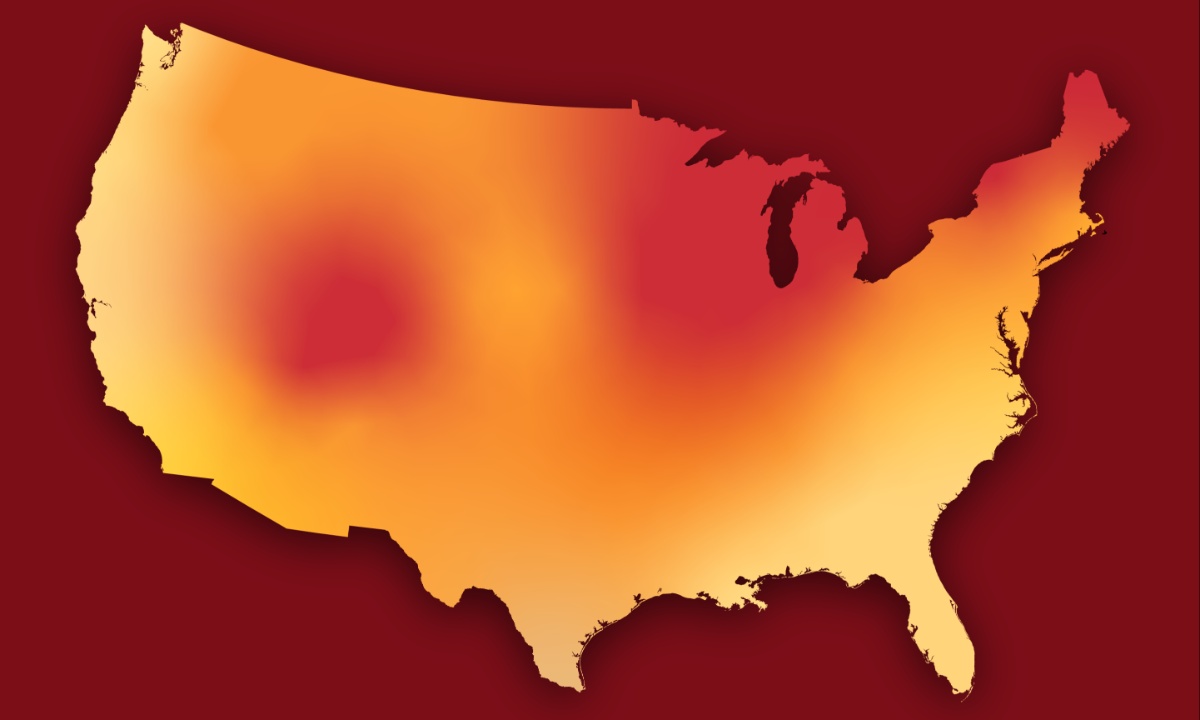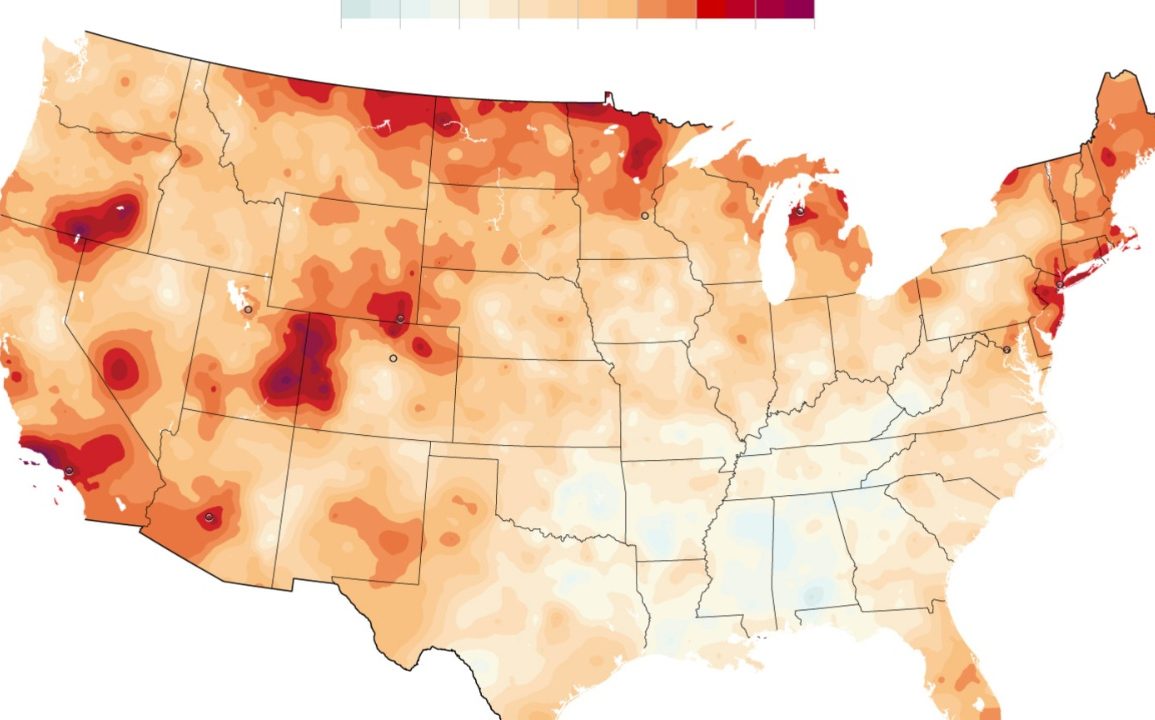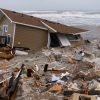Within the next two decades, climate change is poised to bring notable but uneven temperature increases across the United States, with certain regions facing more extreme heat than others. The Gulf Coast is expected to experience a substantial rise in extreme heat days, while cooler northern areas could see significant warming.
This information comes from a USA TODAY analysis of data from the Climate Impact Lab, which used county-level temperature projections to assess how annual warming and extreme heat are likely to change between 2020 and 2040.
The analysis categorized U.S. counties based on expected temperature increases, highlighting three main groups: those with significant, moderate, and minimal warming. Northern regions, including parts of Alaska and the Great Plains, are projected to undergo the most dramatic temperature rises.
For instance, northern Alaska may warm by up to 4.5 degrees by 2040 due to polar amplification. This substantial warming in northern and central regions could lead to serious consequences for local ecosystems and agriculture, affecting food supplies and the livelihoods of farmers.

Coastal regions, though expected to warm less than inland areas, remain highly vulnerable to other impacts of climate change, such as sea level rise and extreme weather events. These areas might appear to be safer from the worst effects of global warming, but they still face significant risks from flooding and powerful storms.
The misconception that coastal regions will be less affected by climate change needs to be addressed, as these areas could still suffer severe environmental and economic damage.
Regions that are already warm, such as the Florida Peninsula and parts of the Southeast and Midwest, are expected to see a sharp increase in days with temperatures exceeding 90 degrees. This rise in extreme heat poses serious health risks, particularly for vulnerable groups like the elderly and children.
The increase in heat-related illnesses and deaths is a major concern, along with the potential strain on infrastructure and energy resources in these areas.
Adapting to these changes will be a significant challenge, especially for regions not traditionally prepared for extreme heat. Some communities might implement strategies like increasing green spaces, improving air conditioning, and building cooling centers, but these solutions require resources that not all areas can afford.
The unequal distribution of climate change impacts will make it harder for some regions to cope with the rising temperatures and the associated health risks.
Reducing emissions now could help mitigate the most severe effects of climate change, potentially saving lives and protecting vulnerable populations. While people in warmer regions may be somewhat accustomed to high temperatures, the rapid increase in extreme heat will push even these communities to their limits.
Immediate action to reduce emissions and invest in adaptation strategies is crucial to prevent the worst outcomes and protect public health and safety.

